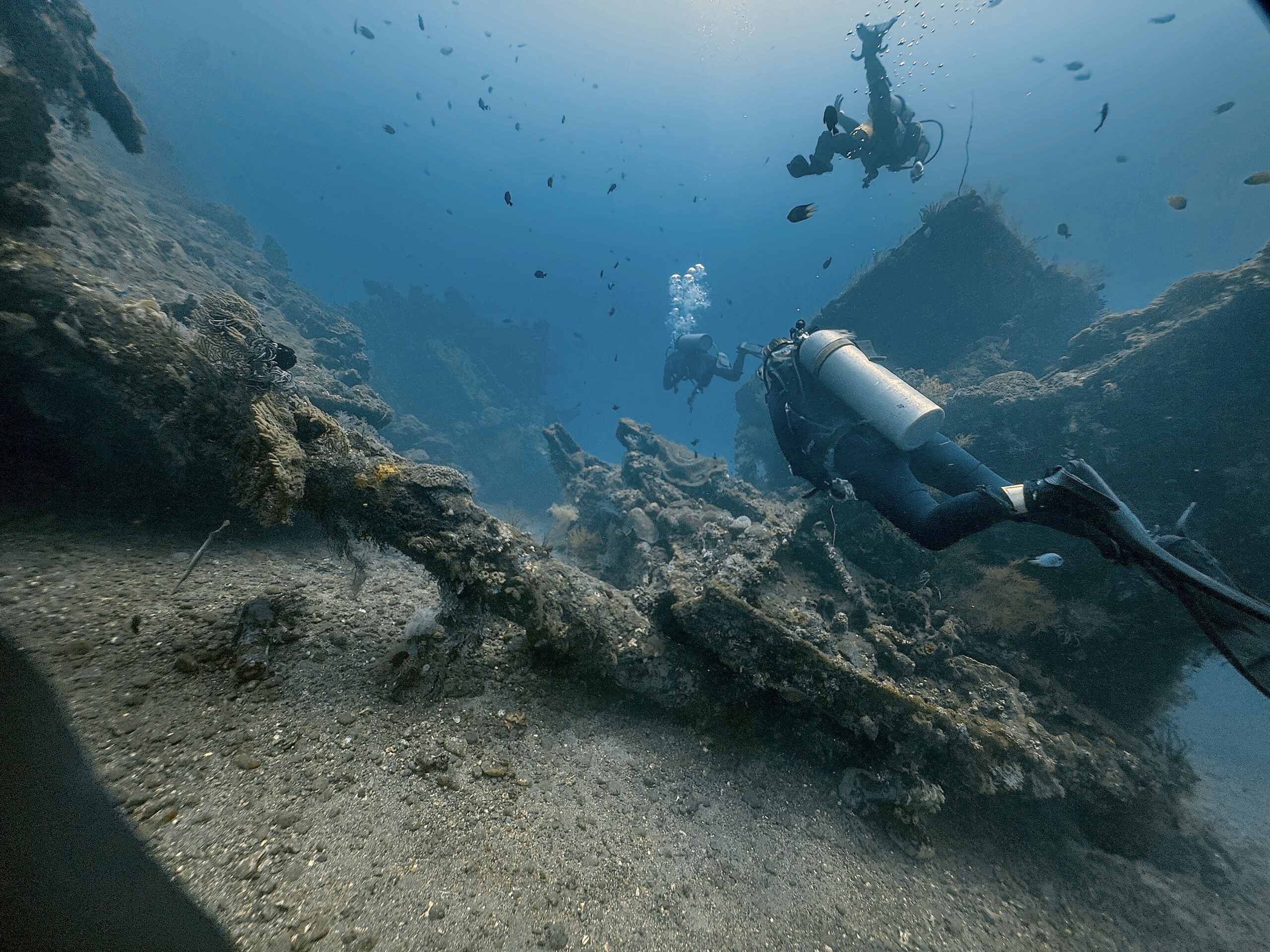ICOMOS and IUCN Statement on Potentially Polluting Wrecks

More than 8,500 shipwrecks worldwide – most caused by 20th century conflict – containing an estimated 2.5 – 20 million tons of pollutants, serve as a stark reminder of the legacy of humanity’s common past. They are often labelled Ticking Time Bombs, especially given that the positions of many potentially polluting wrecks remain imprecise.
Physical, biological and chemical processes – exacerbated by climate change – are compromising the structural integrity of these shipwrecks, with some already known to be leaking contaminants into the natural environment. A sudden structural failure of one or more of these vessels, resulting in a major oil spill, would pose an existential environmental threat. The impacts can be local, through the potential destruction of a shipwreck’s associated ecosystem, but may also result in significant damage to underwater cultural heritage values, and possibly disturb human remains.
Blue Economies at Risk
Tourism centred around natural heritage ecosystems and the cultural and historic values associated with shipwrecks constitute a key economic activity in many places. The consequences of such a sudden structural failure, coupled with the subsequent clean-up efforts or pre-emptive actions to mitigate contaminants, will deliver a significant economic shock to these and other Blue Economies such as artisanal fishing.
Preventive Mitigation is More Cost-Effective
Oil pollution carries enormous human and environmental costs, in addition to the financial burden of clean-up operations. The preventative management of potentially polluting wrecks to avert oil spills carries a significant financial cost. This can range from non-intrusive monitoring, utilising new technology that provides innovative options for remote surveillance, to planned interventions for oil removal. However, every available metric and case study clearly demonstrates that the cost of emergency response and clean-up vastly exceeds that of strategic management. In addition, experience has shown that it is near impossible to avoid long-term harm. The full natural and cultural value of a polluted ecosystem may never be fully restored.
Considering this existential threat to the Ocean’s health, IUCN and ICOMOS encourage governments and their relevant agencies to monitor, assess, and continue to develop and share innovative tools and best practices for the strategic management of and, where feasible, the removal of pollutants from sunken ships.
Furthermore, IUCN and ICOMOS call on the UN Environment Programme (UNEP) to explore collaboration with governments and their relevant agencies to develop guidelines or a toolkit for use in evaluating the threat of pollution from shipwrecks and identifying possible solutions, keeping in mind that many potentially polluting wrecks are, at the same time, maritime gravesites and underwater cultural heritage. This initiative will be in direct support of the number one challenge identified by the UN Decade of Ocean Science for Sustainability (2021-2030); understand and beat marine pollution. IUCN and ICOMOS stand ready to support UNEP in this effort.